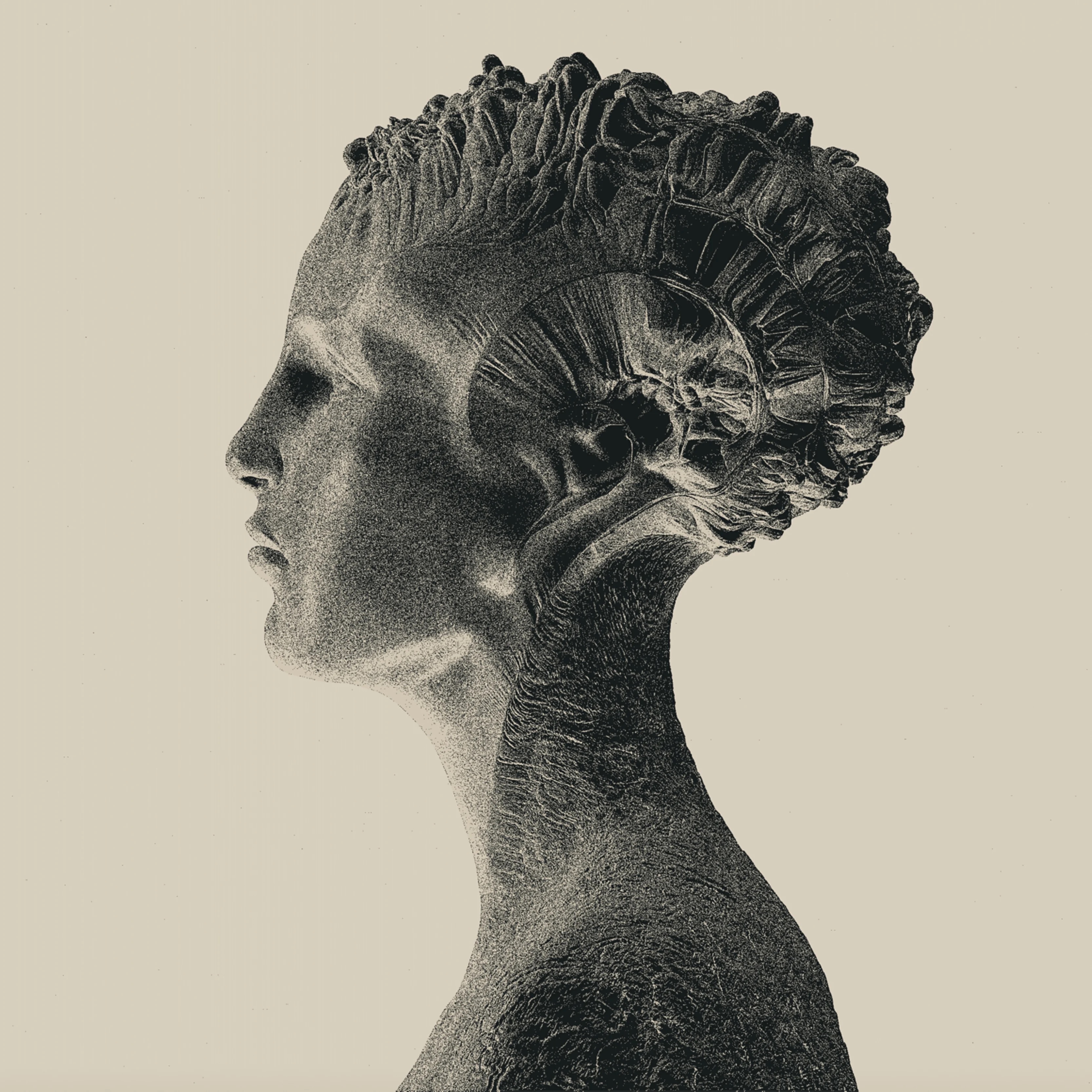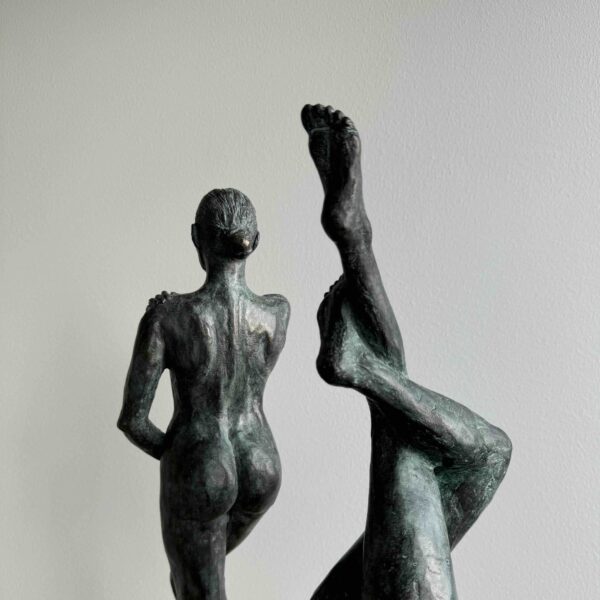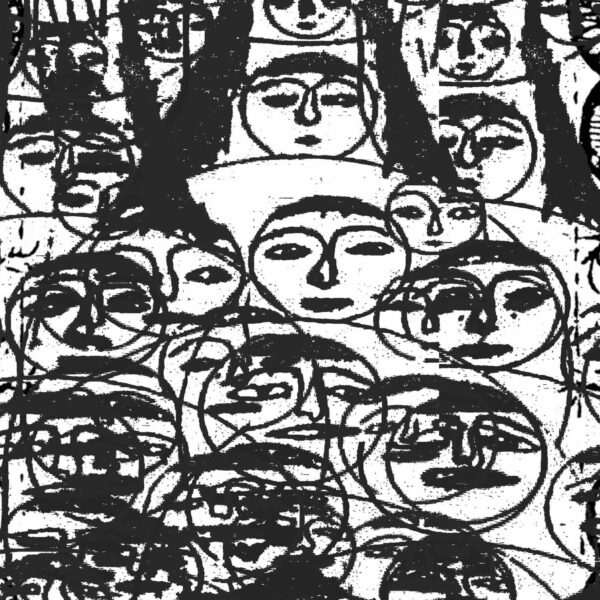Visions Beyond Time: Andrea Chiampo’s Digital Renaissance
Andrea Chiampo's art masterfully bridges classical aesthetics and digital innovation, creating a unique dialogue between the past and the future. Through intricate 3D renderings and profound symbolism, his work invites viewers on deeply personal interpretive journeys, redefining the boundaries of contemporary digital art.

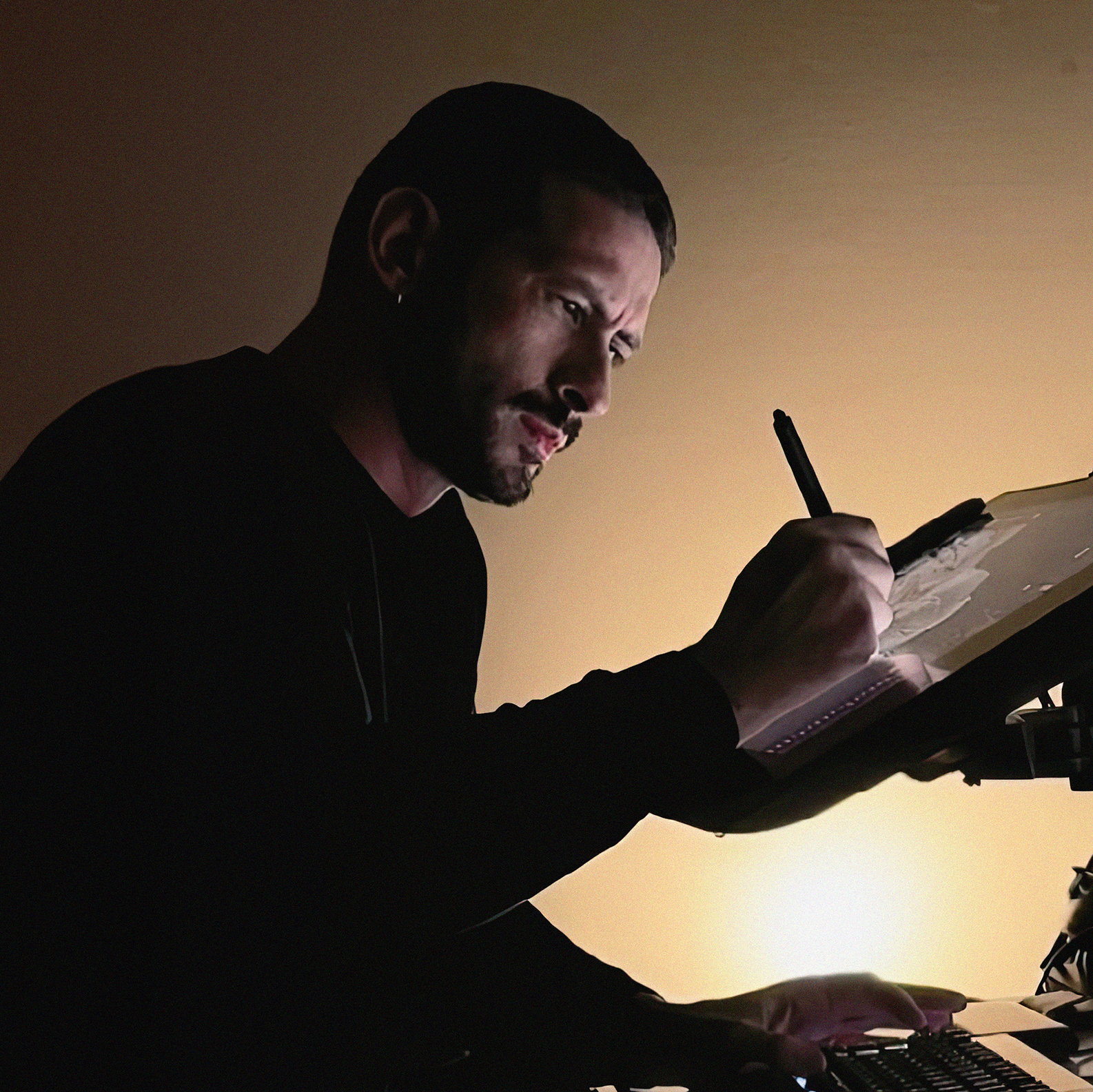
Andrea Chiampo’s work is a mesmerizing confluence of antiquity and futurism, where digital sculpting and 3D rendering breathe new life into classical aesthetics. This Italian London-based artist and concept designer for the entertainment industry has carved a unique niche for himself, merging the rich artistic traditions of his homeland with his passion for science fiction and fantasy. Chiampo’s oeuvre exemplifies his mastery of this blend, evoking the uncanny and the surreal in ways that challenge and engage the viewer. This body of work defies easy categorization, standing at the intersection of digital innovation and historical reverence, akin to the work of Leonardo Da Vinci, whose inventions and artistic techniques were centuries ahead of his time.
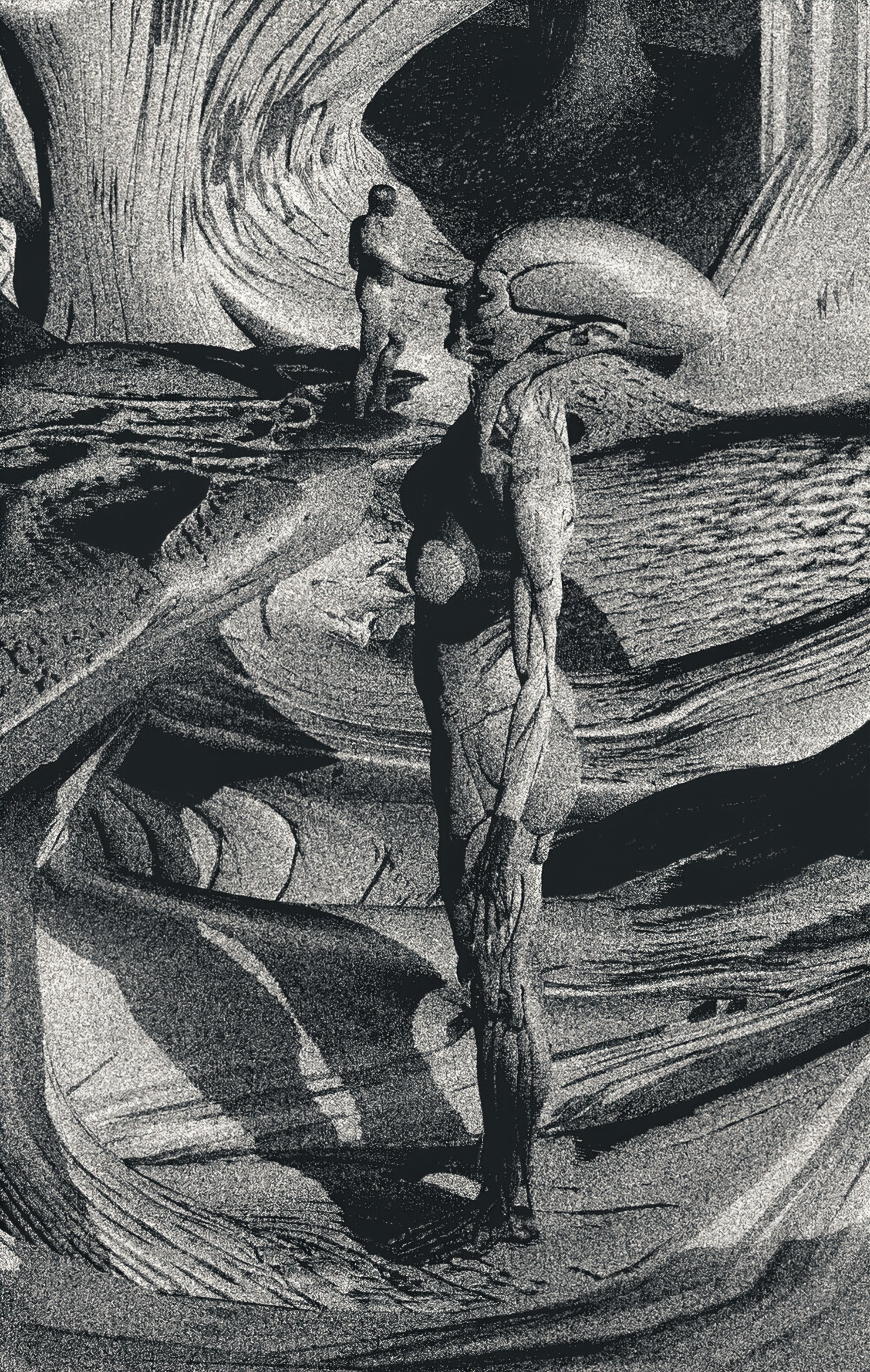
Chiampo’s journey into the realm of digital art is deeply rooted in his Italian heritage. The influence of classical art forms and antique prints is palpable in his work, yet he skillfully recontextualizes these elements within a modern framework. This duality is reminiscent of the works of artists like Hieronymus Bosch, whose fantastical and detailed compositions similarly juxtapose the familiar with the bizarre. Bosch’s “The Garden of Earthly Delights” (circa 1490-1510) is a prime example of how intricate detail and surreal elements can coexist to create a narrative that is both compelling and otherworldly. Chiampo’s pieces, such as “PEREGRINUS” and “GENESIS,” echo Bosch’s intricate, otherworldly landscapes, but with a distinctly digital sheen that speaks to contemporary sensibilities. While Bosch used traditional oil paints to create his complex worlds, Chiampo utilizes digital tools like ZBrush to achieve a similar depth and complexity in a completely different medium.
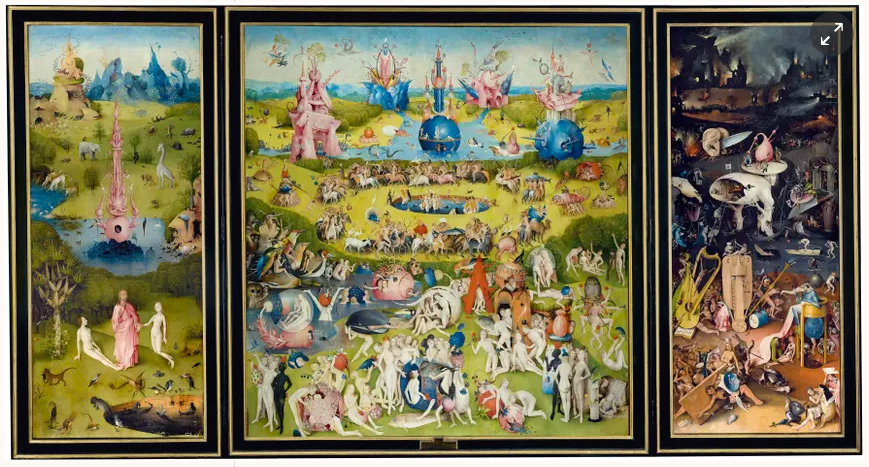
In “FUTURED PAST,” Chiampo invites viewers into a realm where the past, present, and future coexist. This series challenges the viewer to interpret each piece without the guidance of explicit descriptions, a strategy that recalls the existential and interpretative openness found in the works of Mark Rothko. Rothko’s color fields invite viewers to project their emotions and experiences onto the canvas, creating a deeply personal engagement. His “Untitled (Black on Grey)” (1970) is a testament to the power of minimalism in evoking profound emotional responses. Similarly, Chiampo’s refusal to provide detailed narratives for his works forces viewers to embark on their own interpretive journeys, making each interaction with his art a unique experience. This approach also aligns with the postmodern emphasis on the viewer’s role in creating meaning, as championed by theorists like Roland Barthes in his seminal essay “The Death of the Author.” Barthes argued that an artist’s intentions and biography should not confine the interpretation of their work, thus empowering viewers to derive their own meanings and experiences from the artwork.

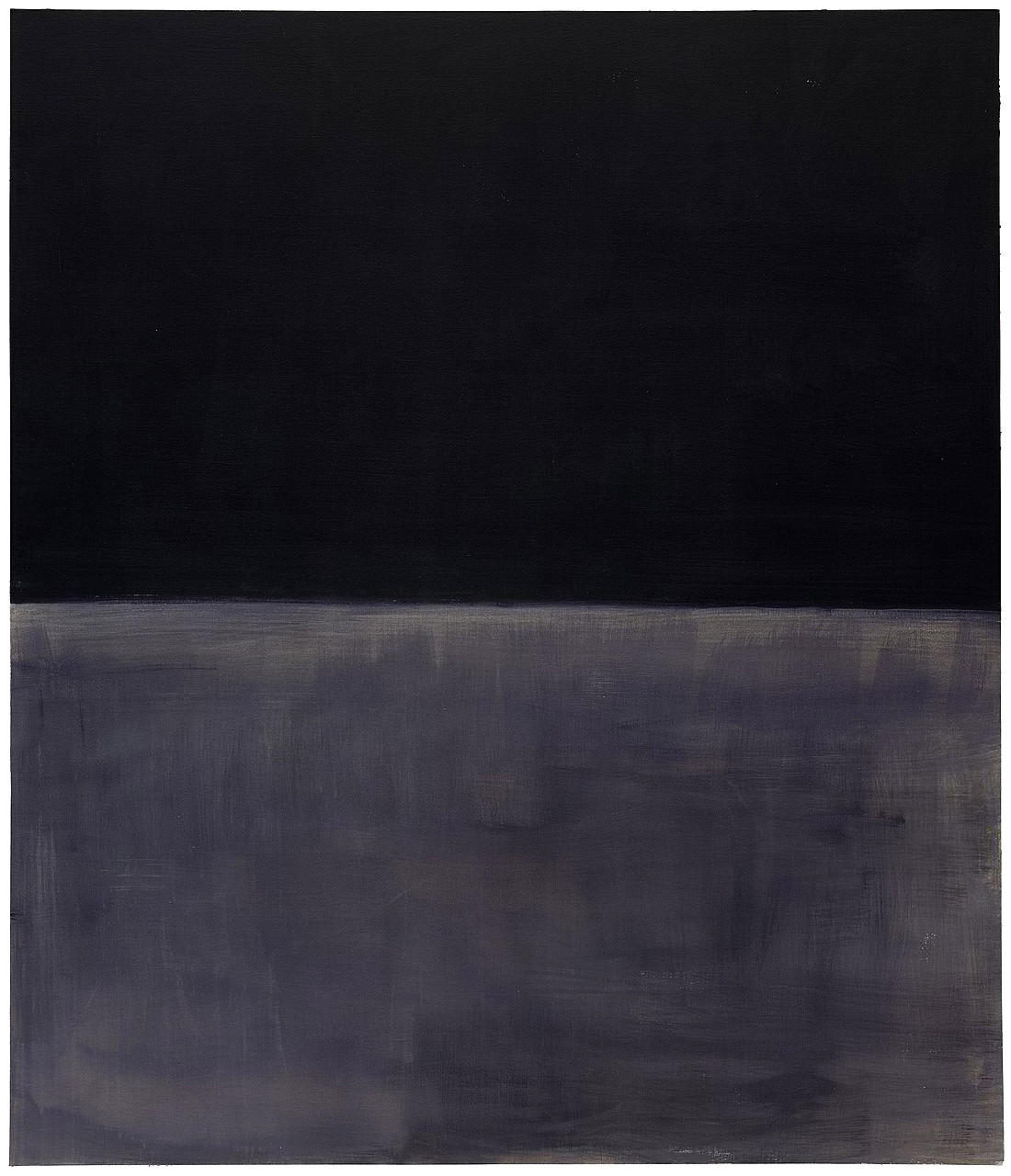
The eerie, dreamlike quality of Chiampo’s creations can be seen as a digital counterpart to the surrealist movement spearheaded by Salvador Dalí. Dalí’s meticulous attention to detail and his ability to render the fantastical with photographic precision find a modern echo in Chiampo’s use of ZBrush and 3D rendering. Dalí’s “The Persistence of Memory” (1931) captures a surreal world where time seems to bend and melt, much like Chiampo’s “INSTINCTUS BESTIALIS,” where reality is manipulated to create a sense of unease and wonder. However, Chiampo’s work diverges from Dalí’s overt surrealism by embedding a more subtle, symbolic mysticism within his compositions. This aspect aligns his work more closely with the Symbolist movement of the late 19th century, where artists like Gustav Klimt and Odilon Redon explored the realm of dreams and the subconscious through richly symbolic and often otherworldly imagery. Klimt’s “The Kiss” (1907-1908) and Redon’s “The Cyclops” (circa 1914) are examples of how symbolism can evoke deep psychological and emotional responses, a quality Chiampo achieves through his digital medium.

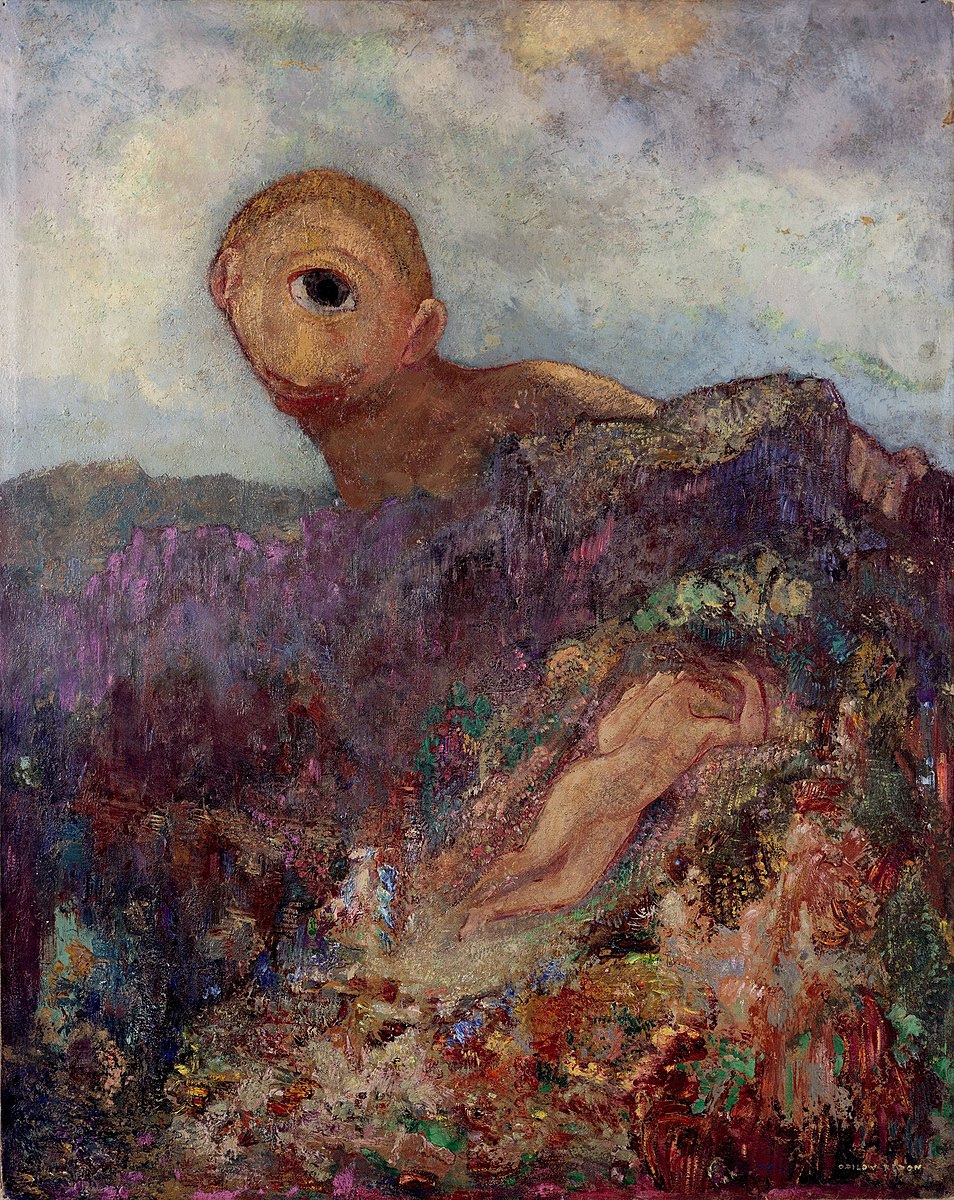
Chiampo’s technical prowess in digital sculpting is another cornerstone of his distinctive style. His pieces are not just visually stunning but also technologically sophisticated, demonstrating a deep understanding of digital tools. This aspect of his work places him in conversation with contemporary digital artists like Beeple (Mike Winkelmann), whose politically charged digital compositions push the boundaries of what digital art can achieve. Beeple’s “Everydays: The First 5000 Days” (2021), a digital collage sold for $69 million, showcases the potential for digital art to reach unprecedented heights in both creativity and market value. Yet, Chiampo’s focus on timeless, almost mythic themes sets him apart from the often temporally bound narratives of artists like Beeple. His work invites comparisons to the timeless qualities found in the works of William Blake, whose mythopoetic visions continue to resonate across centuries.

Chiampo’s LIMBUS series is a testament to his dedication to bridging digital and traditional art forms. This collection features high-quality intaglio prints, a technique dating back over 600 years, used by masters like Rembrandt, Goya, and Picasso. By transferring his digitally sculpted images to metal plates through a mix of old techniques and new technologies, Chiampo creates artworks that are not mere digital prints but a unique blend of the virtual and the tangible. The LIMBUS series, part of his FUTURED PAST collection, embodies this philosophy, showcasing how Chiampo’s art transcends the boundaries of medium to create a dialogue between the past and the future. Each piece in the LIMBUS series, such as “CETE DORMIT ET DECIPIT,” highlights the artist’s commitment to preserving traditional artistic methods while pushing the limits of digital innovation.
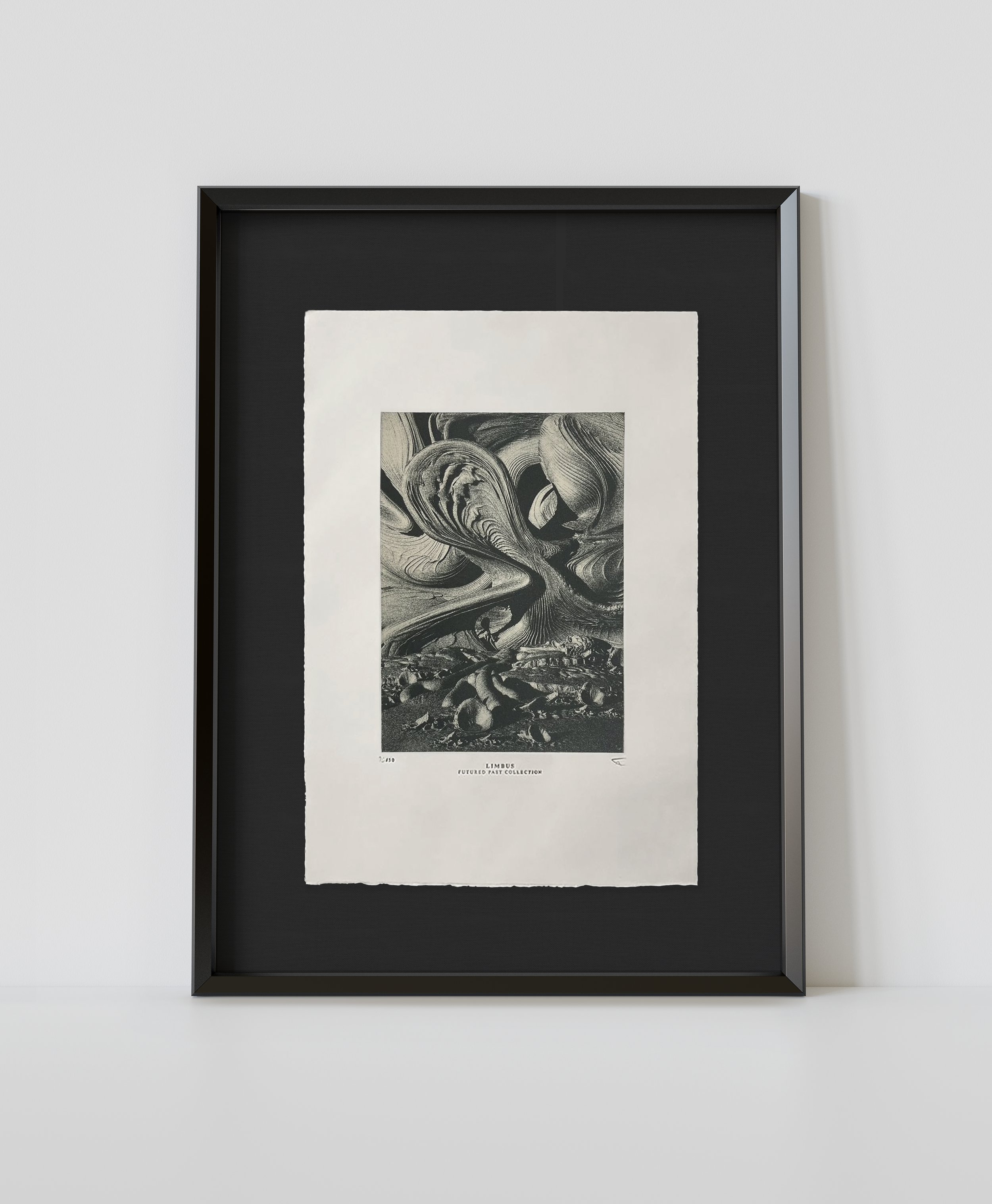
Critics and artists alike have lauded Chiampo’s ability to elevate digital art to new heights. Seb McKinnon describes his work as capturing “one’s imagination the same way great mysteries do,” highlighting the instinctive, emotional resonance that Chiampo’s art evokes. This sentiment is echoed by Nekro, who praises the “mystery and stories” inherent in Chiampo’s creations, and Gavriil Klimov, who notes the series’ ability to “keep you dragged inside the piece” longer with each viewing. These testimonials underscore Chiampo’s success in creating art that is not only visually arresting but also deeply engaging on an emotional and intellectual level. This emotional resonance is akin to the works of Edward Hopper, whose paintings like “Nighthawks” (1942) evoke a profound sense of isolation and introspection.

Chiampo’s philosophy of art, emphasizing viewer interpretation and personal engagement, is a testament to his belief in the transformative power of art. By leaving his works open to interpretation, he ensures that each piece becomes a collaborative experience between the artist and the viewer. This approach is reminiscent of the interactive nature of contemporary installation art, where the viewer’s participation is crucial to the completion of the work. Artists like Yayoi Kusama, whose immersive installations such as “Infinity Mirror Rooms” invite viewers to become part of the artwork, operate on a similar principle of viewer engagement and interpretation. Kusama’s use of mirrors and lights creates an infinite space, much like Chiampo’s digital landscapes create boundless realms for the viewer to explore.
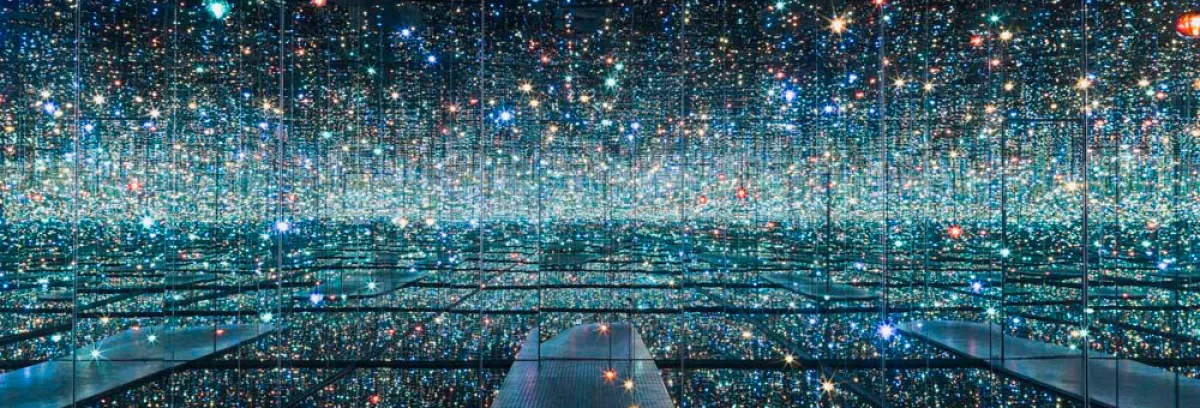

In conclusion, Andrea Chiampo’s art is a groundbreaking synthesis of traditional and digital techniques, creating a unique dialogue between the past and the future. His ability to blend the aesthetics of classical prints with cutting-edge digital methods, as seen in both the FUTURED PAST and LIMBUS series, establishes a new frontier in contemporary art. By challenging viewers to embark on their own interpretive journeys, Chiampo’s work transcends the boundaries of medium and genre, offering a deeply personal and profoundly engaging experience. In a digital age where transient trends often eclipse lasting quality, Chiampo’s work stands as a testament to the enduring power of art to captivate, challenge, and inspire. His contributions to digital art not only push the boundaries of the medium but also create a dialogue with the rich history of art, ensuring that his work resonates across time and space.
